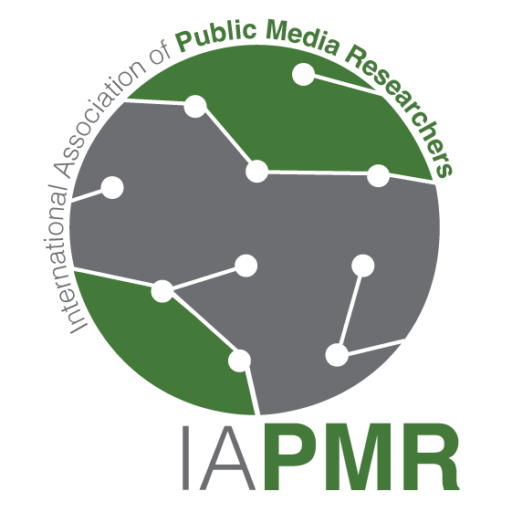| In each issue of our newsletter, the Research Round-Up draws your attention to a particular topic that can resonate among PSM scholars and practitioners. This time, we present three recent articles that propose frameworks to study platform power, while highlighting significant room for improvement in the current (European) regulation of big tech. |
Platform Power and Regulatory Capture in Digital Governance
Katharina Kausche and Moritz Weiss |
Business and Politics, 2024
Contrary to the widespread perception that the EU’s Digital Services Act (DSA) has tightened the regulatory grip on platforms, political scientists Katharina Kausche and Moritz Weiss argue that the DSA has actually strengthened large platforms by legitimizing and institutionalizing their position as key gatekeepers of the internet, both in relation to individual users and to the EU as a regulator. Through a process-tracing analysis of the activities of Google and Meta during the DSA policy-making process, the authors conclude that the two tech giants have succeeded in shifting the emphasis from platform ‘liability’ to platform ‘responsibility’ as the dominant paradigm, and in promoting technical – rather than political – solutions to the problems the DSA seeks to address. By targeting both institutional and ideational sources of power, Kausche and Weiss develop a useful analytical framework for studying platform dominance – and how to potentially mitigate it.
Read the full article here.
Toward Media Environment Capture: A Theoretical Contribution on the Influence of Big Tech on News Media
Sebastian Sevignani, Hendrik Theine and Mandy Tröger |
International Journal of Communication, 2025
Applying a critical political economy lens, this article extends the concept of media capture to media environment capture. This modified term, the authors argue, is better suited to describe Big Tech’s leverage over entire information environments. Their concept roots in theories of intellectual monopolization, critical state theory, and the Habermasian notion of the ‘lifeworld’. It encompasses not only the direct and indirect structural influence of platforms on news and journalism, e.g. by acquiring or financially supporting media companies or through lobbying efforts, as emphasized in ‘traditional’ concepts of media capture. Rather, it also takes into account that platforms interpenetrate and shape overall information environments, influencing journalistic practices through their mere dominance in hardware infrastructure, software logics and data use. Even if platforms do not usually control news organizations directly, these technological dependencies exemplify platform power in, and ultimately capture of, journalism and news media.
Read the full article here.
Between the Cracks: Blind Spots in Regulating Media Concentration and Platform Dependence in the EU
Theresa Josephine Seipp, Natali Helberger, Claes de Vreese and Jef Ausloos |
Internet Policy Review, 2024
The article sheds light on how the Digital Services Act (DSA), the Digital Markets Act (DMA), and the European Media Freedom Act (EMFA) deal (or do not deal) with the dependence of news media on platforms. The authors emphasize a need for regulators to address not only the economic and political power of platforms, but also their infrastructural power. The current EU regulatory frameworks, they argue, lack a proper consideration of the consequences of platforms evolving from mere gatekeepers to providers of digital infrastructure and AI, and how this threatens media pluralism and editorial independence. They argue that classical means of regulation, such as competition law, should be complemented by more specific legislation on platform infrastructure to better tackle these threats. The article also focuses on how local journalism could be protected from the growing reliance on platforms as infrastructure providers.
Read the full paper here.

